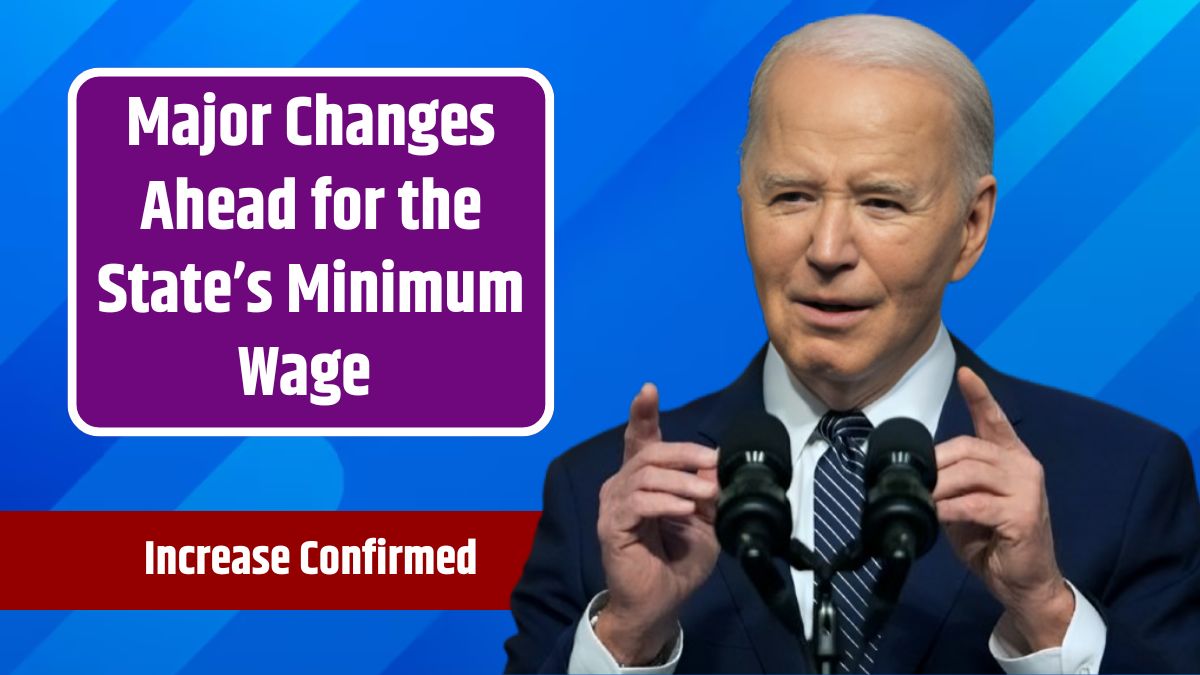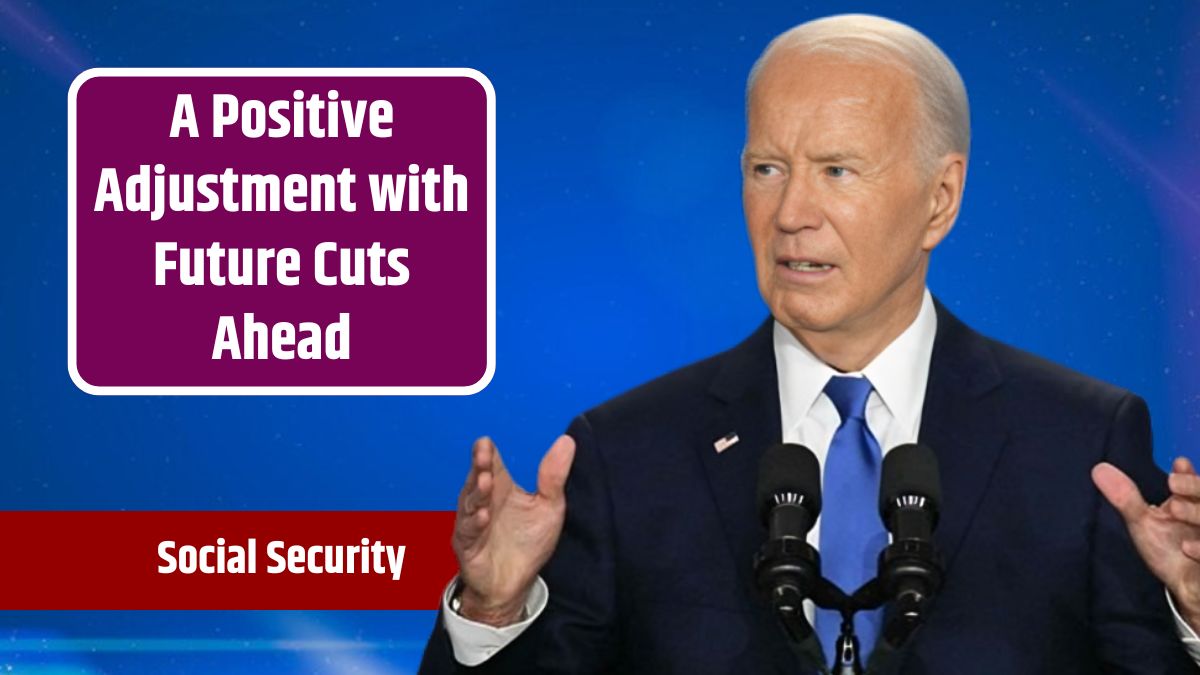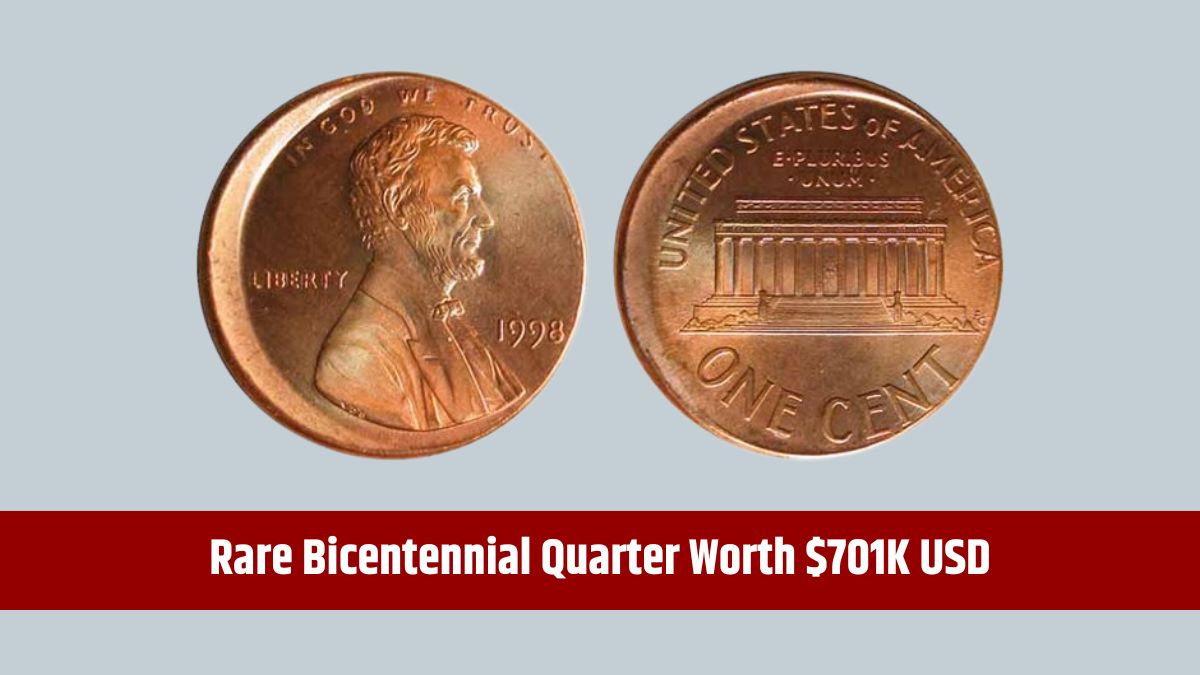In 2024, the federal minimum wage in the United States remains stagnant at $7.25 per hour, unchanged since 2009. However, many states and cities have taken matters into their own hands, enacting higher minimum wages to better reflect the cost of living. New York is one of the leading states in this effort, with plans for annual minimum wage increases to ensure workers can keep up with inflation and rising costs.
New York’s approach to adjusting the minimum wage has been regional, recognizing the varied living expenses across the state. Workers in New York City, Long Island, and Westchester County earn a higher wage compared to those in other regions. This trend of wage increases is set to continue, with significant changes coming in 2025 and beyond.
Increases
Starting January 1, 2025, workers in New York will see an increase in their hourly wages. The minimum wage in New York City, Long Island, and Westchester County will rise to $16.50 per hour, while workers in other parts of the state will receive $15.50 per hour.
Though the increase might seem small at first glance, an additional $0.50 per hour can make a meaningful difference over time. For full-time workers, this translates to an additional $20 a week, or $1,040 annually. This can help individuals and families offset the effects of inflation and higher living costs.
Minimum Wage
| Region | 2024 Minimum Wage | 2025 Minimum Wage |
|---|---|---|
| NYC, Long Island, Westchester | $16.00 | $16.50 |
| Rest of the State | $15.00 | $15.50 |
For workers in regions where the cost of living is lower, the smaller increase reflects the state’s regional wage approach. In high-cost areas like New York City, even a slight wage bump can have a significant impact on living conditions.
Adjustments
New York has a forward-thinking strategy to handle future minimum wage adjustments. In May 2023, Governor Kathy Hochul announced that another $0.50 wage hike will take effect on January 1, 2026. By that time, minimum wage workers in New York City, Long Island, and Westchester will earn $17 per hour, while the rest of the state will see wages rise to $16 per hour.
But that’s not the end of the story. From 2027 onwards, New York will index its minimum wage to inflation. This means that wage increases will be tied to the Consumer Price Index for Urban Wage Earners and Clerical Workers (CPI-W) in the Northeast region. Essentially, the minimum wage will adjust automatically based on inflation, ensuring that workers’ purchasing power doesn’t erode over time.
Inflation
Indexing the minimum wage to inflation is a big deal for low-income workers. For years, minimum wage workers have struggled to keep up as living costs have risen faster than their wages. By linking future increases to the CPI-W, New York aims to ensure that wages rise at the same pace as inflation, protecting workers from being left behind as prices for essentials like housing, food, and transportation continue to climb.
Critics of using the CPI-W index have raised concerns in the past, especially in relation to retirement benefits, arguing that it doesn’t adequately account for the needs of seniors. However, it was designed with workers in mind, which suggests it could be more effective in maintaining wages at sustainable levels for this demographic.
Step Towards Fairness
Governor Hochul and the New York State Department of Labor are clear about who stands to benefit most from these changes. Women, people of color, and other underrepresented groups make up a significant portion of minimum wage earners. By increasing the minimum wage and tying it to inflation, the state is helping to close income gaps and provide more stability for those who need it most.
As Hochul pointed out, the ongoing increases and the shift to inflation indexing are about maintaining fairness. The adjustments ensure that people can support themselves and their families without constantly falling behind as costs rise.
New York’s move toward inflation-indexed minimum wages is a progressive step that could influence other states to follow suit. It’s about building a future where workers’ wages keep pace with the cost of living, helping to reduce reliance on government benefits and fostering greater financial independence for the state’s most vulnerable workers.
FAQs
What is New York’s minimum wage for 2025?
It will be $16.50 in NYC, Long Island, and Westchester, and $15.50 elsewhere.
When will the minimum wage rise again in New York?
It will increase by $0.50 per hour on January 1, 2026.
How will New York’s minimum wage change after 2026?
Starting in 2027, it will be adjusted based on inflation (CPI-W).
Why is minimum wage higher in NYC than other regions?
Living costs are much higher in NYC than in other parts of the state.
How does inflation indexing help workers?
It ensures that wages keep up with rising costs of living over time.






